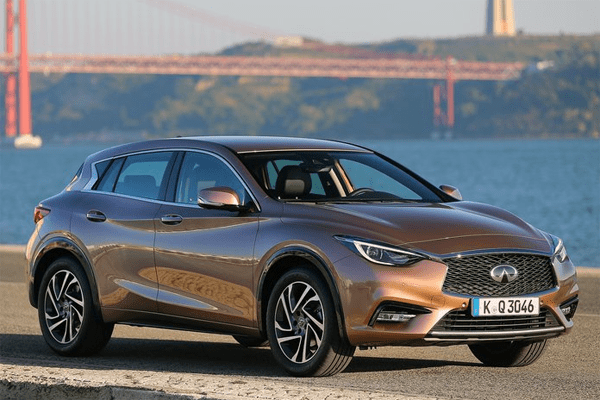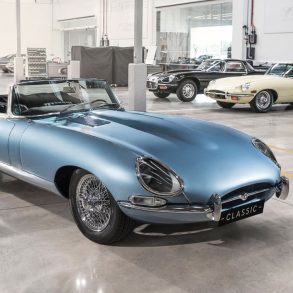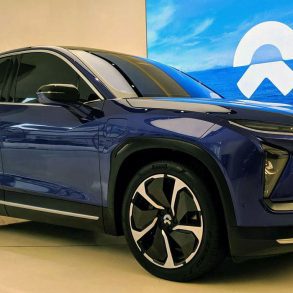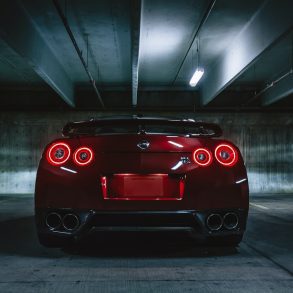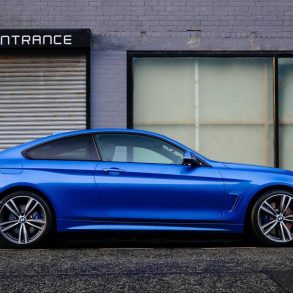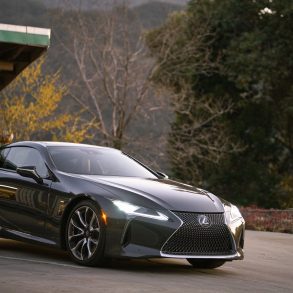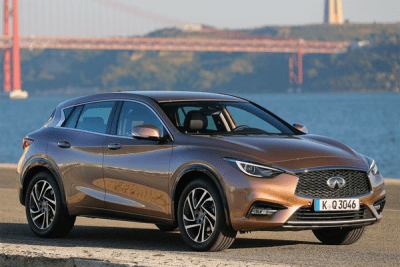 From early 2020, Europeans will no longer be able to officially buy new Infiniti cars. The brand started in 2008 but hasn’t managed to gain a foothold in the European luxury car market, even after launching a pair of new cars that were specifically designed for this market. During a time of cost savings, Infiniti’s parent company Nissan has decided to give up trying to be an alternative to the German brands and Lexus, and to focus on markets where it has been successful, the US and China.
From early 2020, Europeans will no longer be able to officially buy new Infiniti cars. The brand started in 2008 but hasn’t managed to gain a foothold in the European luxury car market, even after launching a pair of new cars that were specifically designed for this market. During a time of cost savings, Infiniti’s parent company Nissan has decided to give up trying to be an alternative to the German brands and Lexus, and to focus on markets where it has been successful, the US and China.
What went wrong for Infiniti? I think there are three factors that made this venture troublesome from the get-go, and one more trigger that caused the plug to be pulled this year.Dominance of the German Big Three
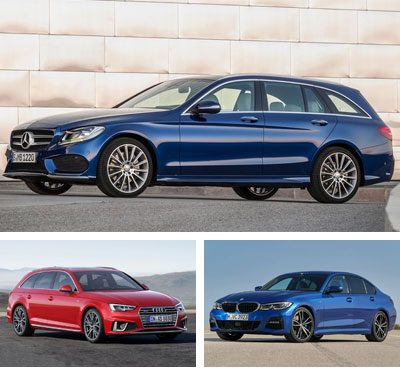 First and foremost is the dominance of the three German brands Mercedes-Benz, BMW and Audi, which have become even more dominant since Infiniti started sales in Europe. These three brands enjoy such great worldwide volume that they are able to expand their line-up with niche models on their existing platforms and technology, allowing them to cater to potential buyers looking for “something different than mainstream” in a luxury car, which is exactly the kind of buyer Infiniti has been aiming for as well.
First and foremost is the dominance of the three German brands Mercedes-Benz, BMW and Audi, which have become even more dominant since Infiniti started sales in Europe. These three brands enjoy such great worldwide volume that they are able to expand their line-up with niche models on their existing platforms and technology, allowing them to cater to potential buyers looking for “something different than mainstream” in a luxury car, which is exactly the kind of buyer Infiniti has been aiming for as well.
Volvo and Land Rover are the only somewhat successful rivals to the Germans in Europe, Volvo thanks to its image of safety and quality as well as consistent design and Land Rover thanks to its focus and its heritage regarding its off-road capabilities. Jaguar, Alfa Romeo and Lexus have always struggled to become successful in Europe.
Lack of crossovers
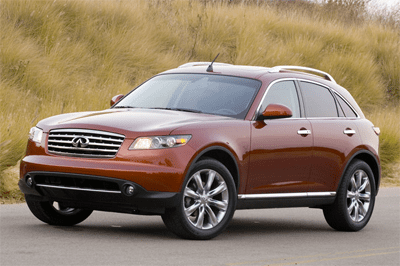 Secondly, Infiniti lacked good crossovers for Europe. Crossovers have been the growth engine for the luxury segment, especially in Europe. And crossover buyers seem to be more open to other brands. For exame, Volvo has been in the annual sales top-3 of their respective segments with the XC60 and XC90, Land Rover sales have grown significantly in the years since the crossover boom started, and the Jaguar F-Pace and Alfa Romeo Stelvio became their brands’ best selling model immediately after launch. Before its initial launch in Europe, Infiniti already had a great image with those who knew the brand, because the daringly styled FX crossover (later renamed QX70) was popular as a grey-market import. However, the brand never capitalized on that image when it launched with mainly sedans in its line-up.
Secondly, Infiniti lacked good crossovers for Europe. Crossovers have been the growth engine for the luxury segment, especially in Europe. And crossover buyers seem to be more open to other brands. For exame, Volvo has been in the annual sales top-3 of their respective segments with the XC60 and XC90, Land Rover sales have grown significantly in the years since the crossover boom started, and the Jaguar F-Pace and Alfa Romeo Stelvio became their brands’ best selling model immediately after launch. Before its initial launch in Europe, Infiniti already had a great image with those who knew the brand, because the daringly styled FX crossover (later renamed QX70) was popular as a grey-market import. However, the brand never capitalized on that image when it launched with mainly sedans in its line-up.
The JX/QX60 and the QX80 were perfectly sized for American families, but too big and inefficient for European roads, and the EX/QX50 hasn’t been popular anywhere in the world due to its awkward design and cramped back seats, unitl its recent redesign that fixed those issues.
So when the brand finally had the chance to offer a small crossover when it developed the QX30 based on Mercedes-Benz technology, it blew that opportunity by making that car nothing more than a Q30 hatchback with some design tweaks. That fooled nobody. To be honest, the Mercedes-Benz GLA on which it was based was really just a hatchback as well, but at least that looked different enough from the A-Class to be a stand-alone model. On top of that, Mercedes has volume enough to spread across two similar models anyway, while the pool of people that had Infiniti on their shopping lists was much shorter.
Lack of heritage
 Thirdly, Infiniti lacked heritage, something the Americans care less about, they’re much more open to try new brands and in fact even tend to support the underdog, while European buyers, especially in the luxury segment, still care about a brand’s heritage. This is also why it took Lexus much longer to gain a foothold in Europe than in the US, and Infiniti hasn’t had the patience to keep trying for 20+ years to establish itself. Heritage is not necessarily about a history in racing or off roading, it’s also about choosing a niche or image and then consistently designing good quality products that support this image. Like Volvo has been doing with safety, Jaguar with understated British design, Land Rover with its off-road capabilities and now Lexus with its hybrids, which have jump started sales of that brand.
Thirdly, Infiniti lacked heritage, something the Americans care less about, they’re much more open to try new brands and in fact even tend to support the underdog, while European buyers, especially in the luxury segment, still care about a brand’s heritage. This is also why it took Lexus much longer to gain a foothold in Europe than in the US, and Infiniti hasn’t had the patience to keep trying for 20+ years to establish itself. Heritage is not necessarily about a history in racing or off roading, it’s also about choosing a niche or image and then consistently designing good quality products that support this image. Like Volvo has been doing with safety, Jaguar with understated British design, Land Rover with its off-road capabilities and now Lexus with its hybrids, which have jump started sales of that brand.
Infiniti had pretty aggressive designs, but nothing else that really created a clear image of what the brand stood for.
The trigger called Brexit
So, with still a very long timeframe ahead until potential success and no guarantees it would actually get it right, Brexit was the final straw that broke the camel’s back. Production of Infiniti’s most important products for Europe, the Q30 and QX30, takes place in Nissan’s UK factory, so the uncertainty of maintain open supply chains to and from Europe complicated matters even further. Or perhaps it only made it easier to decide to pull the plug entirely….

